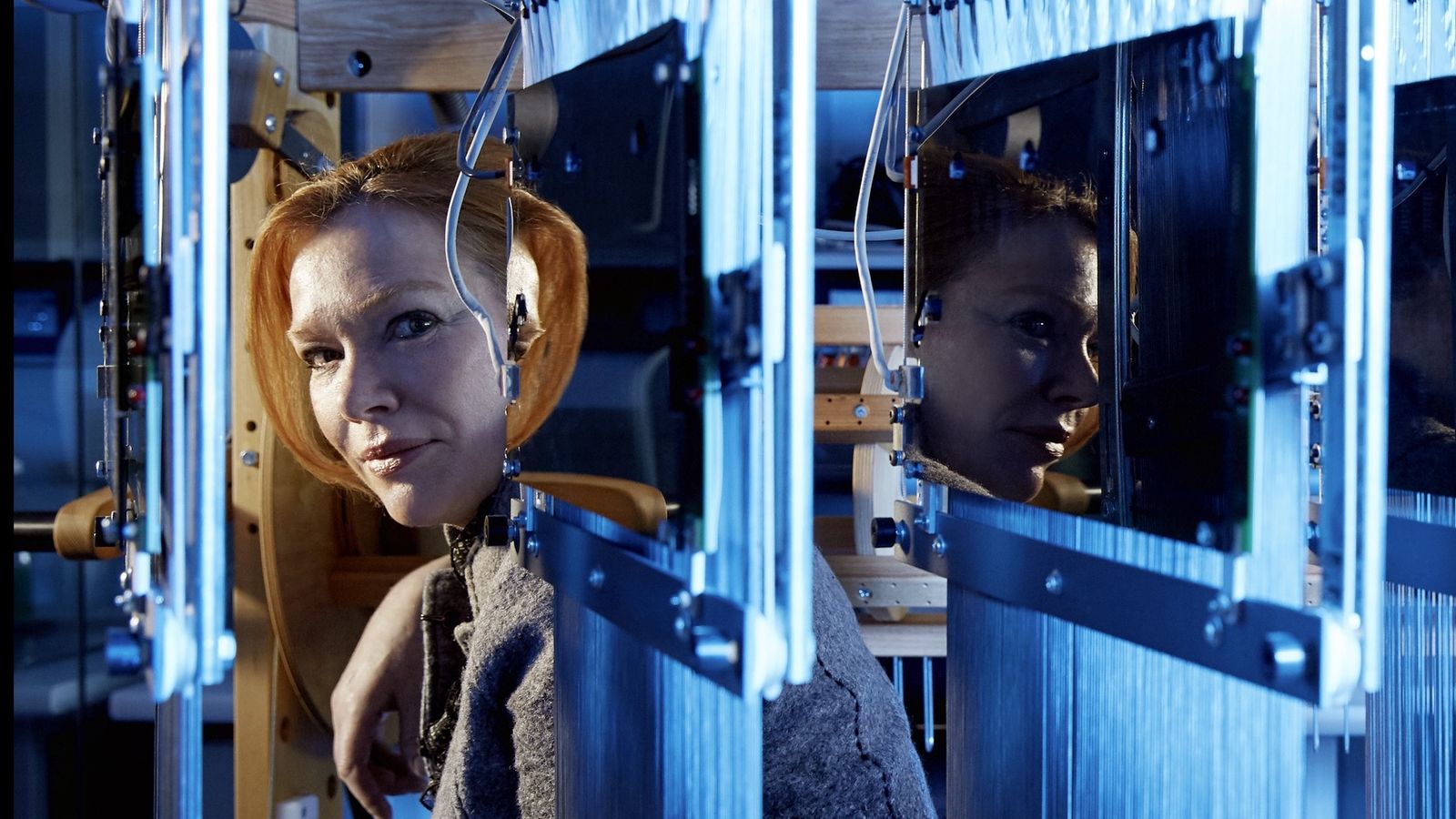Biomedical engineer Professor Melissa Knothe Tate is turning art and science on their heads in her transdisciplinary, interactive exhibition, Biotextilogy: The Cellular Catwalk opening 6 October. We recently asked her about about the topic - “Handmade in a digital age” - and the questions "Why is craft important in a digital age? How does craft do good in the world? Why is it needed now more than ever?"
Professor Melissa Knothe Tate is an internationally recognised leader in the fields of multiscale mechanobiology as well as the development and clinical translation of novel technologies and materials.
She is turning art and science on their heads. In her transdisciplinary, interactive exhibition, Biotextilogy: The Cellular Catwalk, she features multifunctional textile design with hidden functions. Professor Melissa Knothe Tate’s work replicates the natural weave of the tissue around human bones, using a Jacquard loom to research into a future of smart materials inspired by nature, where disruptive technology meets design aesthetic.
We recently asked her about about the topic - “Handmade in a digital age” - and the questions "Why is craft important in a digital age? How does craft do good in the world? Why is it needed now more than ever?" Read on for her answers.
At first it may seem a contradiction to integrate my work into the concept of "hand made" since my team is harnessing the intrinsic weaving capacity of brainless cells, with computational technology and computer controlled looms, to engineer and manufacture textiles that emulate the body's own. In a way, we are aiming to circumvent the "made by hand" in order to scale up the technology. At the same time we marvel at the brilliance of our "brainless cells" and their capacity to create such smart and beautiful materials. The materials are smart because they are waterproof, shape and size shifting, self strengthening under impact loads, and they adapt throughout life.
Extraordinarily, our tissues, living textiles themselves, physically embody the memories of the lives the cellular population has lived as well as the potential for supporting the cellular population throughout the future, until death, when the living textiles will decompose and provide basic building blocks for a next generation of cells to build a new person or tree or frog. The living textiles are beautiful and remarkable and, in many ways, kinetic sculptural, when we observe the individual fibres and the arrangement of fibres and their movement and stretch under loads that mimic stance shift or walking.
Indeed the most basic unit of our hands are the cells that inhabit them; these populations of cells originate from two cells that divide and grow in utero and during childhood, forming the fully functional adult hand along the way. They as a population cooperate to make all the remarkable feats of the hand possible - indeed "hand made" represents a cooperative activity of our cells, living, surviving and creating life and art as they go!
Yet these master craftspeople, the cells of our hands, cannot themselves appreciate the art that they create to survive. Yet, our minds, emerging from the connected network of the population of cells inhabiting our brains (connectome), do collectively recognise the exquisite patterns and nuances that embody art. The connectome even has the higher emergent capacities to conceive and to create, guiding the cells of the hand to make or to render by hand, in the world external to the body.
In this way craft embodies art and extends the human potential to create and to innovate well beyond the capacity that the human hand alone or even the human mind alone could achieve. One could argue that craft is an art form representing emergent states of cognition in the physical world, for even abstract art is rendered physically to be considered existent and the rendering event embodies craft.
Craft's virtue is its capacity to promote well being. The collective craft of our cells promotes life and higher order life processes such as mobility and cognition, joy and enlightenment.
Explore the exhibition Biotextilogy: The Cellular Catwalk here.
Profession Melissa Knothe Tate will be giving an Artist Talk and Tour: Biotextilogy: The Cellular Catwalk on Saturday 21 October,11.30-12.30pm. This is a free event but bookings are required. Come along and learn more about this fascinating field of art and science.
Image: Melissa Knothe Tate. Photo credit Nick Cubbin

